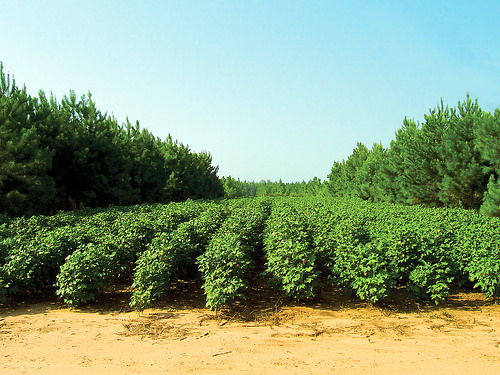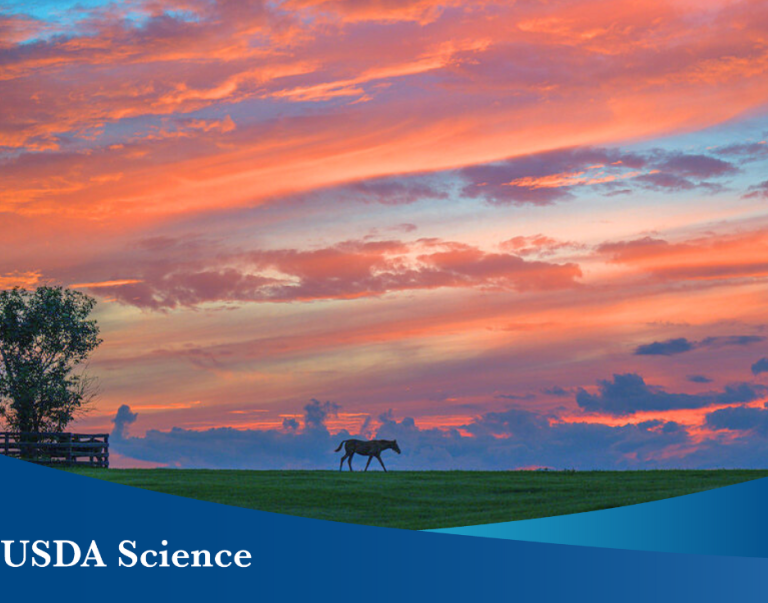Depending on where you live in the United States, the first thing that likely comes to mind for agriculture production systems are the large fields of corn, soybeans, wheat or cotton seen growing each summer. But spend a few minutes looking at CropScape, a color-coded map that charts where almost a hundred different types of U.S. crops are grown currently, and you begin to appreciate the diversity and regionality of production systems. This map shows that although there are U.S. regions where crop production is dominated by a few commodity crops, there are others where U.S. farmers are growing a wide array of fruit, vegetables, and other “specialty” crops. Agricultural Atlas maps produced by USDA’s National Agricultural Statistics Service show similar diversity in livestock production, including land in pasture and range production.
The diversity of agricultural production systems across the United States presents wide-ranging opportunities for exciting new research and innovation. New scientific findings and new technology, for example robotic automation, artificial intelligence, vertical farming and gene editing, could all play a role in not only improving existing systems but in developing new systems and new products altogether. New and emerging agricultural products can generate exciting new niches for farmers who want to meet consumer demands for crops and livestock with improved nutritional or environmental benefits.
USDA needs to know how research can help U.S. farmers produce the agricultural products consumers desire while being both economically and environmentally sustainable long into the future. On March 2, USDA’s Office of the Chief Scientist is hosting a stakeholder listening session to identify opportunities, knowledge, and gaps in agricultural research, which will help us evaluate research priorities for enhancing U.S. agricultural production systems over the next 50 years. We’re particularly interested in discussing new technologies or knowledge that can improve agriculture in measurable ways. You can listen to this session live by computer (March 2, 2017 USDA Listening Session), or by phone [888-844-9904, code 8967180] and submit written comments up to a week after the listening session as listed in the Federal Registry. Please email Dr. Seth Murray at seth.murray@usda.gov for additional instructions and information before submitting written comments.
The success of sustainable agriculture practices does not just affect farmers. It is also vital for consumers whose everyday lives are improved by agricultural innovations supporting the production of a safe, abundant, and affordable food supply and protecting and enhance our natural resources–now and for the future.





